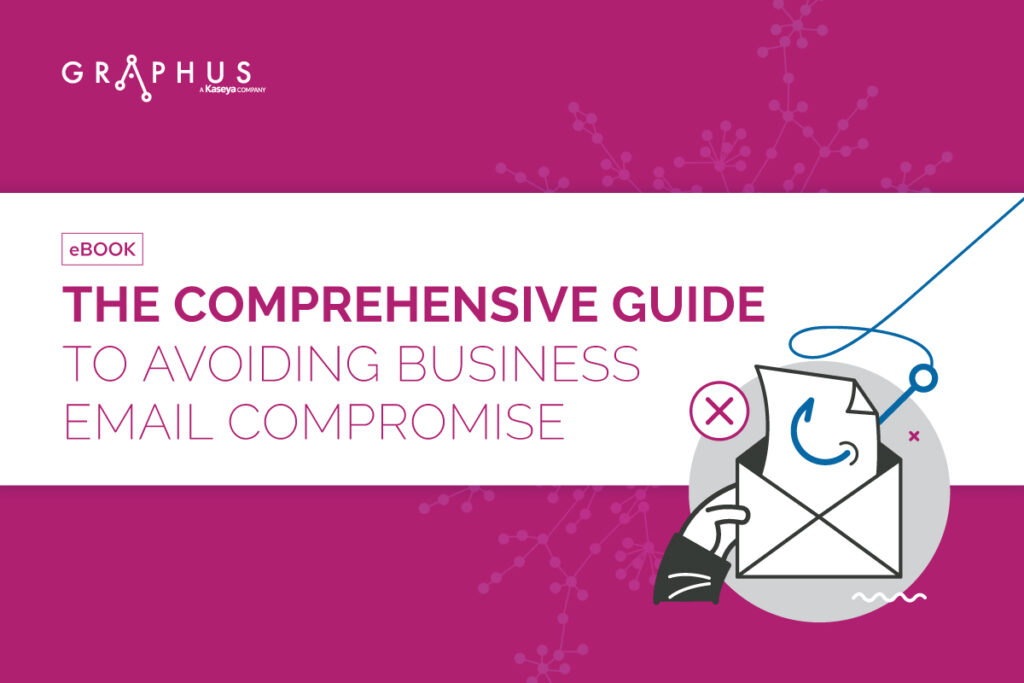A Guide to Phishing Incident Response

Phishing attacks are among the most persistent and damaging attacks for organizations of all sizes, sectors and locations. In only the first half of 2022, more than 255 million phishing attacks were reported — a sharp 61% increase compared to 2021. With the growing prevalence of phishing, it is paramount for every business to have an incident response plan ready if a phishing attack breaches its defense.

See the benefits & barriers around having a Managed SOC solution for businesses. GET DATASHEET>>
What is phishing incident response?
Smart organizations think ahead and plan for any eventuality. Phishing incident response is part of an organization’s “thinking ahead” plan and includes strategies and procedures to deal with a phishing attack. From having appropriate tools to stipulated processes, phishing incident response helps organizations mitigate the threat, limit the damage to a minimum and bring normalcy back to operations as soon as possible.
Is phishing a security incident?
Many of the most devastating cyberattacks have involved phishing. Whether it’s ransomware or other malware, account takeover or business email compromise (BEC), threat actors use deceiving phishing lures to outwit their targets and launch their schemes. Phishing is the cyberattack that employees will encounter the most, and it most definitely qualifies as a serious cybersecurity incident.
Why is it important to have a phishing incident response plan?
The cost of phishing-related security incidents has been on an upward climb. For example, phishing is the most common vector for ransomware, and the average cost of a ransomware-related data breach stands at $4.54 million.
According to the United States Securities and Exchange Commission (SEC), almost 60% of SMBs go out of business within six months of a successful cyberattack. . That’s why organizations can ill afford to take phishing lightly, making the need for a tested phishing incident response plan critical. Also, one successful attack can lead to more attacks, as cybercriminals intend to take maximum advantage of the loopholes in your systems and network. In fact, an estimated 90% of incidents that end in a data breach start with phishing.
Besides minimizing the damage caused by a phishing incident, a phishing incident response plan also helps eliminate existing vulnerabilities in an organization’s systems and networks, reducing the chances of a security incident.

Get the guide that helps you detect & defeat dangerous BEC attacks to keep your company out of trouble! DOWNLOAD IT>>
What are the steps to phishing incident response?
The U.S. National Institute of Standards and Technology (NIST) has outlined a series of incident response steps that every business should follow to rapidly detect breaches, minimize damages, mitigate loopholes and restore operations.
Step 1: Preparation
The preparation stage includes establishing and training the incident response team and acquiring all the necessary tools and resources to be ready to enact a response to a cybersecurity or information security threat like phishing. It emphasizes performing risk assessments to identify existing threats and vulnerabilities before cybercriminals can exploit them.
Since most phishing attacks involve malware, the preparation step of a phishing incident response plan includes implementing software throughout the organization to detect and mitigate malware.
Step 2: Detection and analysis
Rapid detection and analysis is fundamental to the success of an incident response plan. This phase helps organizations get detailed insights into the incident’s scope, such as knowledge about the affected networks, systems or applications, information about the cause and origin of the incident, and details about the perpetrators, the tools they use and their attack methods.
Step 3: Containment, eradication and recovery
Containment is a significant step to limit the damage of a cyberattack. Organizations should create different containment strategies for each incident type, with criteria documented clearly to facilitate decision-making. Once the incident has been contained, organizations can work on eliminating components of the incident, such as removing malware and disabling breached user accounts and identifying and mitigating all exploited vulnerabilities.
In recovery, the incident response team works toward restoring normal operations. It includes actions such as restoring systems from backups, rebuilding systems, replacing affected files with clean versions, installing software patches, changing compromised passwords and tightening the network perimeter security with additional measures.
Step 4: Post-Incident activity
Learning and improving after each incident is vital for incident response teams. After handling the incident, the organization should have a detailed report about the cause and cost of the incident and the steps the organization should take to prevent future incidents. Organizations should have subjective and objective data regarding each incident to limit the chances of the incident happening again and to identify ways of improving future incident response activity.

Follow the path business takes to a ransomware disaster in The Ransomware Road to Ruin. DOWNLOAD IT NOW>>
Strengthen your phishing incident response plan with Graphus
When you choose AI-powered, automated email security, you immediately eliminate human error from the equation. Graphus’ AI technology refines your protection daily to ensure that your business is not only protected from today’s threats but also against future phishing threats. You’ll gain a powerful guardian that protects your company from today’s nastiest threats like spear-phishing, business email compromise, ransomware and other horrors. Graphus does all this without stretching your IT budget.
- Graphus blocks sophisticated phishing messages from reaching employees
- Puts three layers of protection between employees and dangerous email messages.
- Seamlessly deploys to Microsoft 365 and Google Workspace via API without big downloads or lengthy installs.
- Graphus’ automated security is up to 40% more effective at spotting and stopping malicious messages, like phishing emails, than an SEG or conventional security.
- You won’t waste any time on fussy configuration or adding threat reports. AI does that for you, getting everything up and running with just a few clicks and minimal maintenance.
- Provides intuitive reporting to help you gain insights into the effectiveness of your security, level of risks, attack types and more.
Interested in finding out more about Graphus? Start the conversation today.










